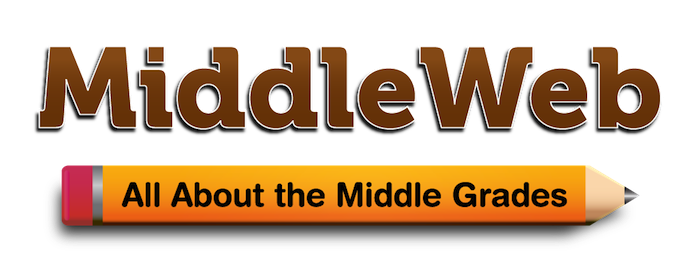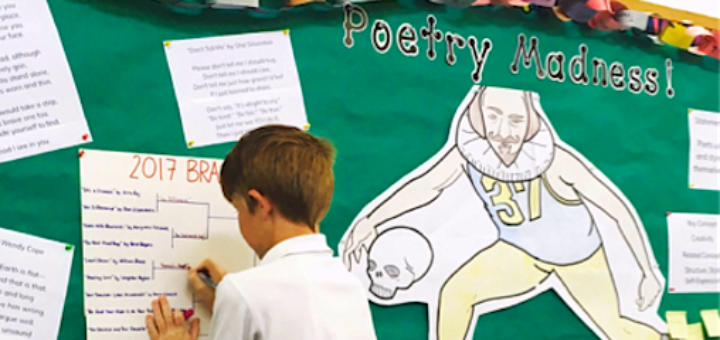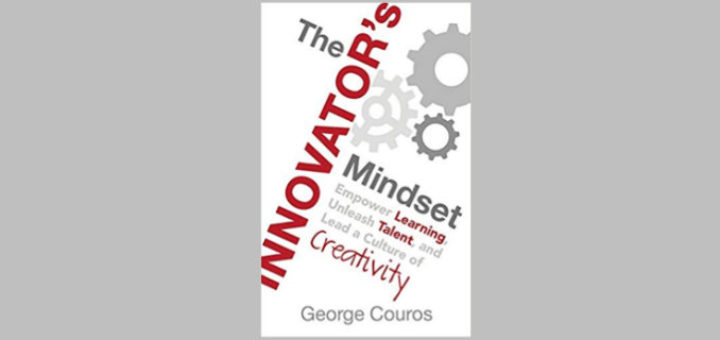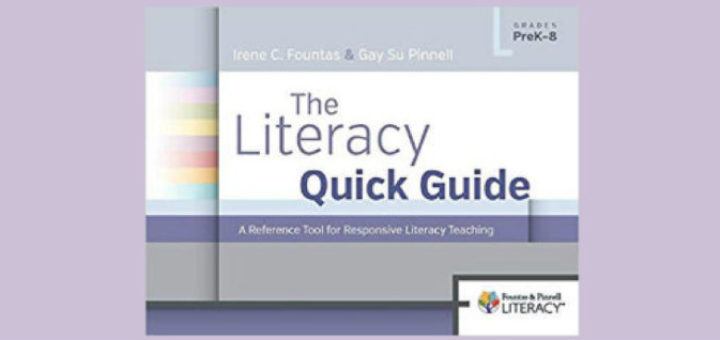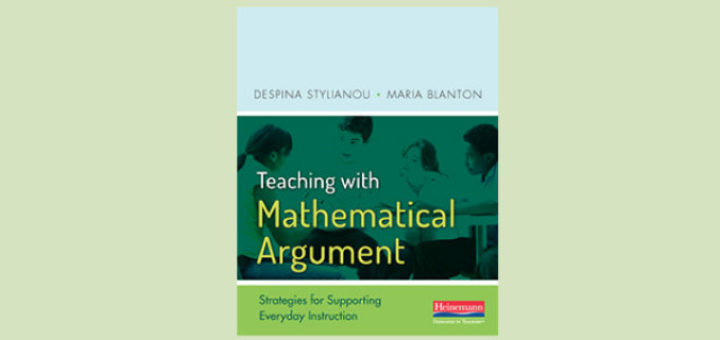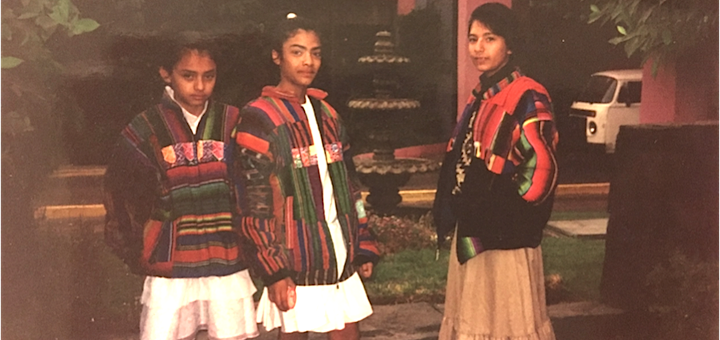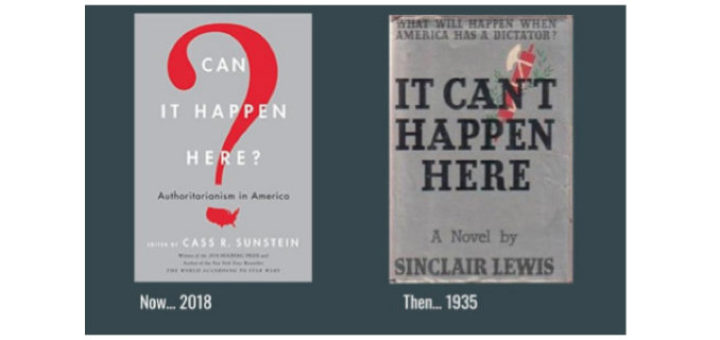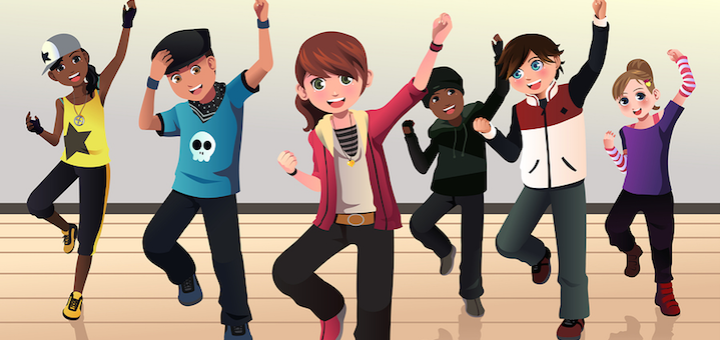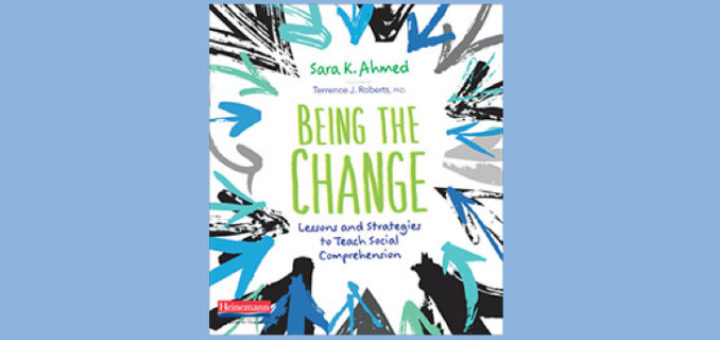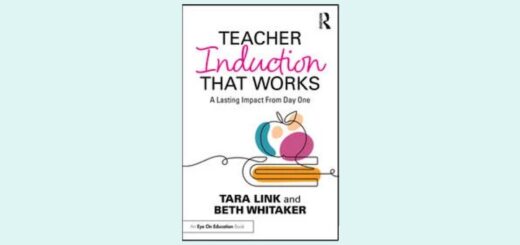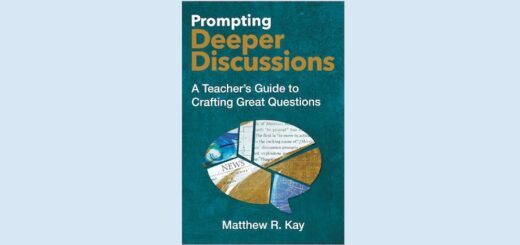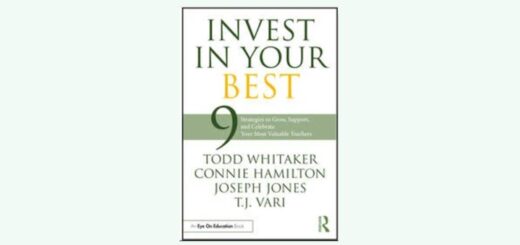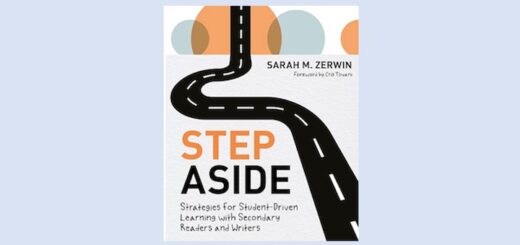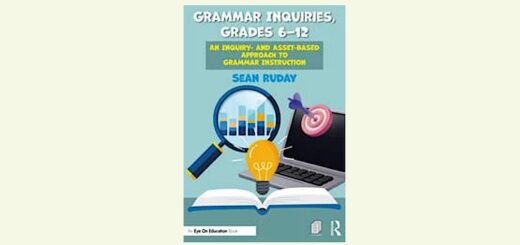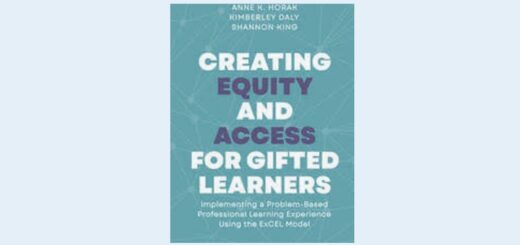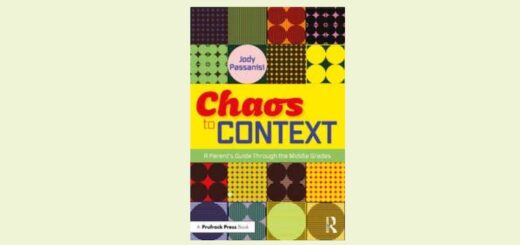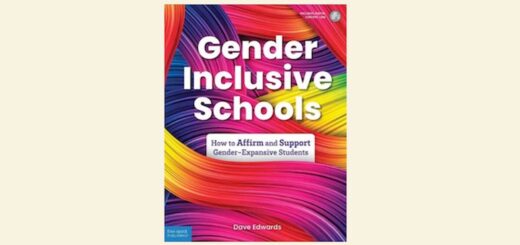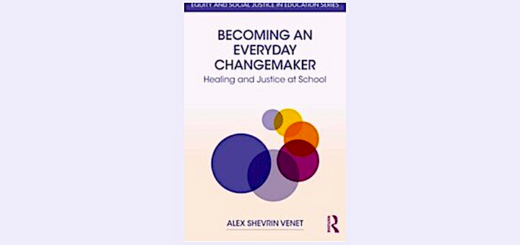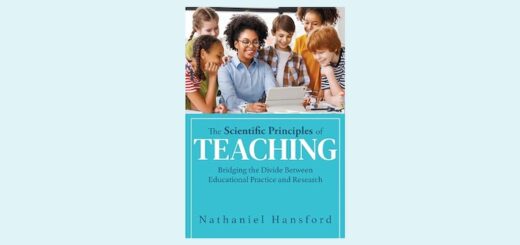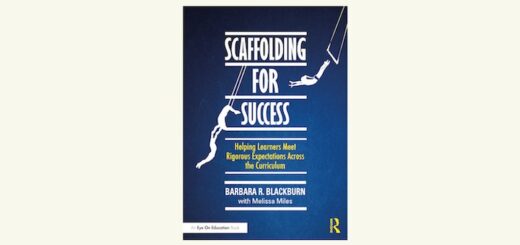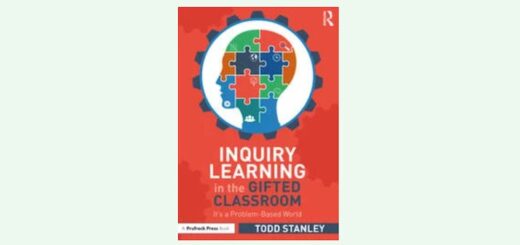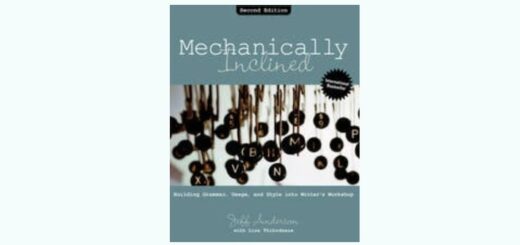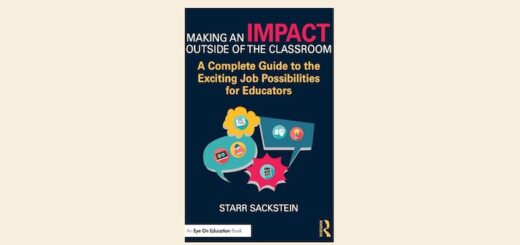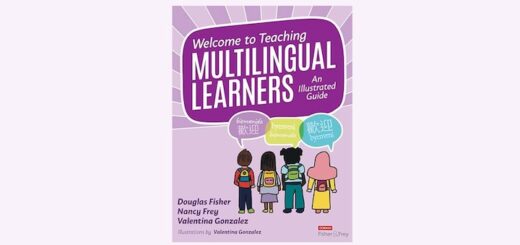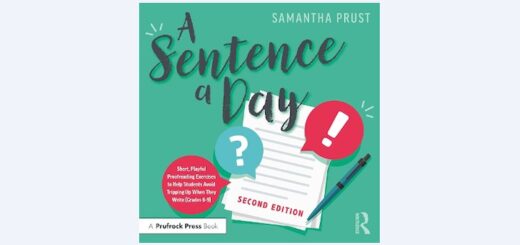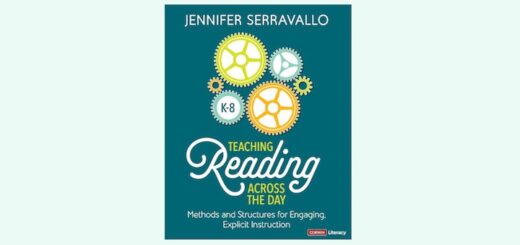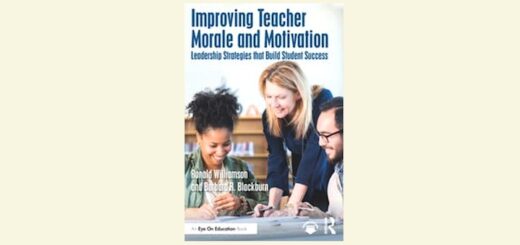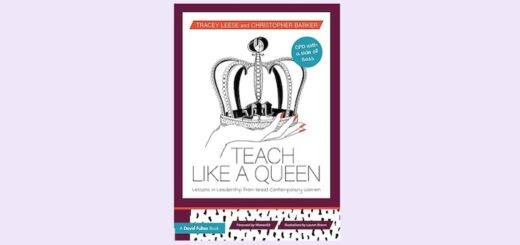Teaching and learning in grades 4-8
Megan Kelly always intends to integrate poetry across her units, but somehow ends up scrambling each year as National Poetry Month approaches. This fall she has a list of activities to hold herself accountable. Try some of her ideas in your own ELA, history, science or math classes.
You’ve heard of innovation, and you’ve heard of mindset, but what is an Innovator’s Mindset? School leader George Couros offers his manifesto on how we can change education, not with step-by-step instructions but by growing a teaching culture of “relentless restlessness.”
The Literacy Quick Guide by popular experts Irene Fountas and Gay Su Pinnell is a good planning resource for the busy teacher who does not have much time to read lengthy explanations and theory. Teacher Stacy Thorpe provides a detailed overview of the PreK-8 resource.
Teaching with Mathematical Argument can help support students as they reason through math problems, shifting the focus from “the answer” to the processes that lead to clearer understanding. Cynthia McBride likes the inclusion of assessment and parent communication advice.
Teacher Emily Francis shares her immigrant journey from a childhood in Guatemala to a North Carolina classroom in an effort to help fellow teachers gain insights about their own Newcomer students “who need, from day one, sociocultural support that reaches their heart.”
As schools reopen, Lauren Brown revisits the essentials of history teaching in a time when authoritarianism is in the air. Central are not only caring about individuals in the next generation but also being ‘keepers of the meaning’ when established values are challenged.
A strong positive school climate is essential for learning and assuring a happy workplace. One way to interrupt that healthy climate is rude behavior, which tends to ripple out and have lasting negative impacts. Principal Rita Platt shares strategies to repel rudeness.
In a post that’s jam-packed with teaching ideas, veteran middle grades educator Cheryl Mizerny declares her intention to keep her classes “on the move” more often this fall, using a variety of strategies for individual, group, whole class and whole room activities.
Being the Change is a book about enhancing professional knowledge, but it’s also one with heart, inspiring educators to think about ways their teaching can impact the future of our world so it’s a more compassionate place. Practical and insightful, writes Lisa Maucione.
As summer flirts with Labor Day, Laurie Lichtenstein recalls the joys of being her “Summer Me” – a time for long walks and paddling trips, reading books and ignoring lists. As school dreams begin again, she relishes her last August days and plans for another great year.
